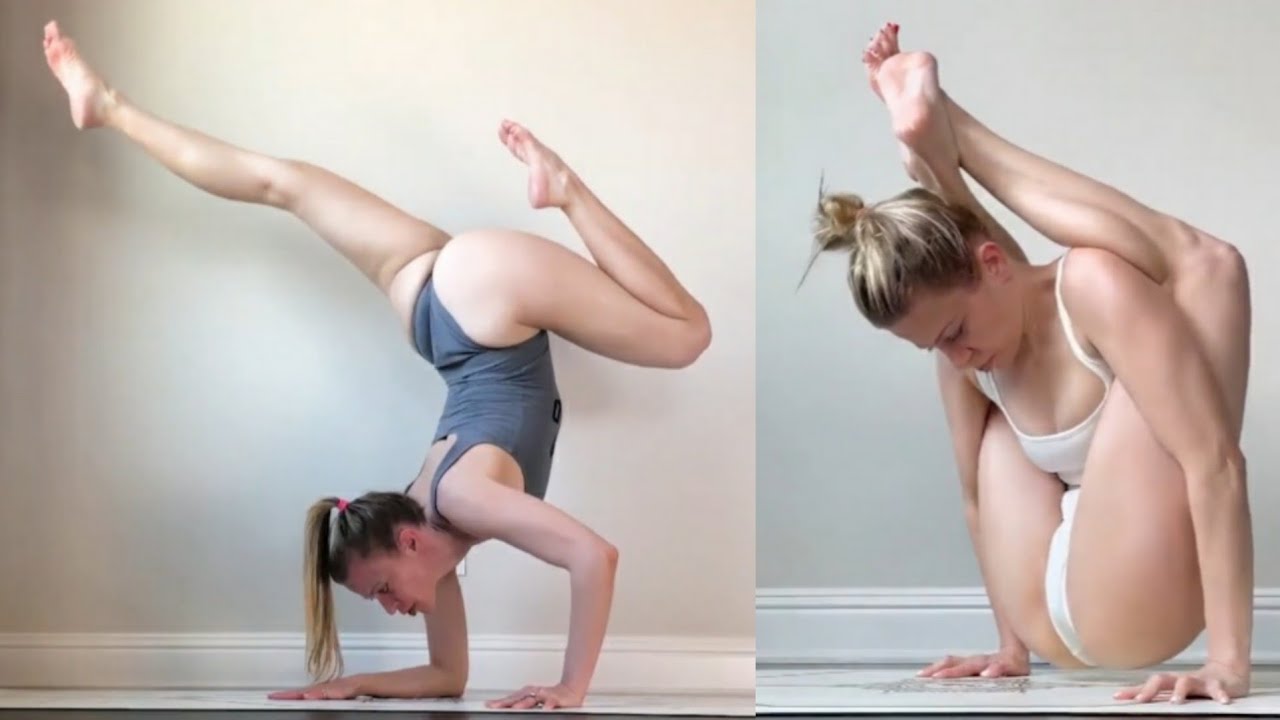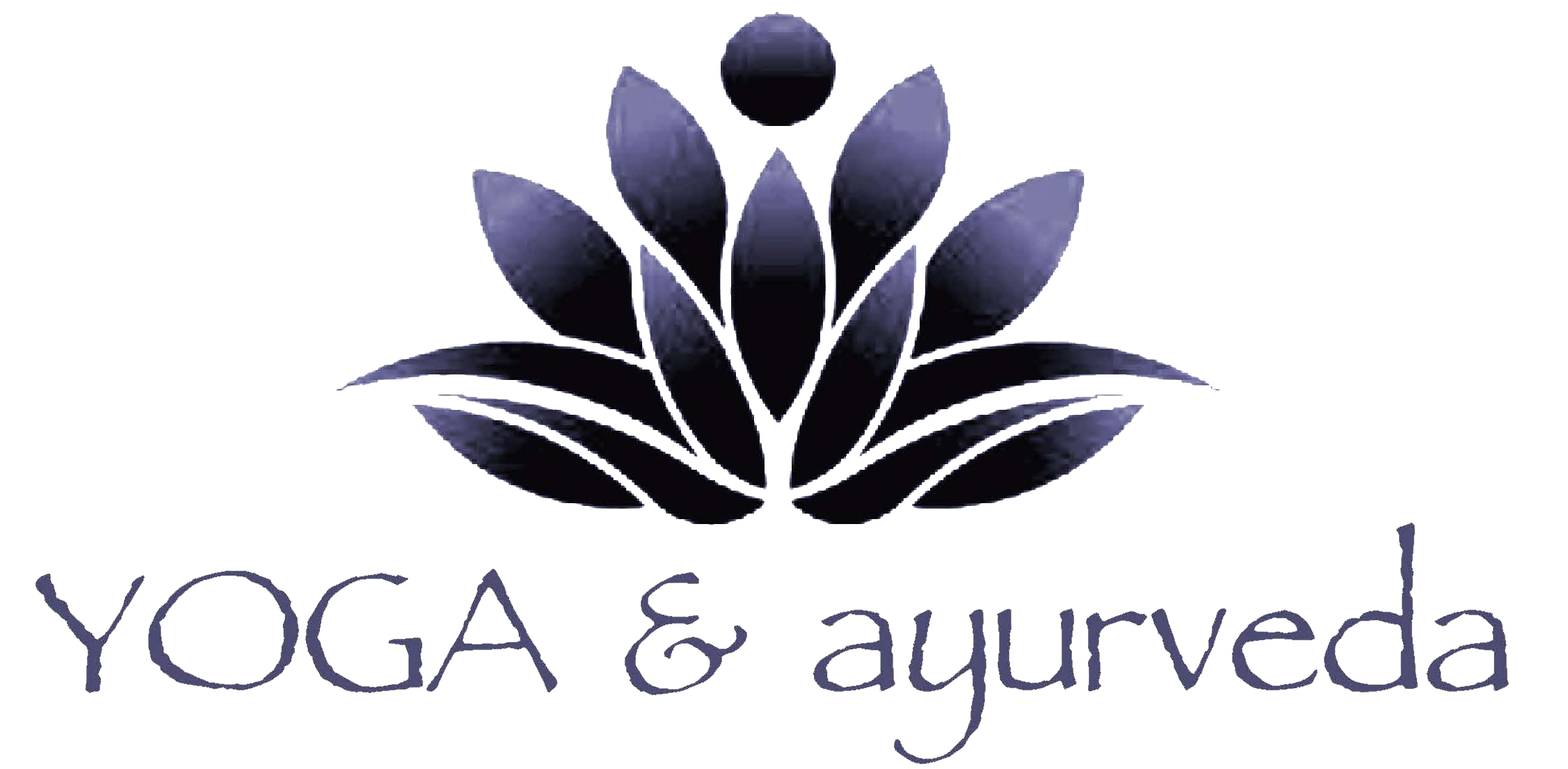
Constipation has become a huge problem in our fast-paced society. Neglecting it can lead to serious problems in the future. Yoga, with its Asanas & Pranayama exercises, can help you get rid of constipation. Constipation can be caused by eating too much, not enough exercise, and late night snacking. Read on to learn how you can treat constipation naturally. Below are some simple and effective exercises that can help you feel great fast.
Pose for constipation
There are several different poses for constipation in yoga. Ardha Pawanmuktasana can be one of the most useful and popular poses. This position can be used to compress the colon on one side and stimulate digestion. It also helps relieve constipation by stimulating nerves in the bowels. It is important that you do this correctly. You can either sit or stand.
This pose requires a strong back and can be challenging. This slow motion can make bowel movements difficult. The body should be able control this. Yoga can also be helpful in reducing constipation symptoms. This can happen due to poor diet, lack water, stress, or other factors. Start by eating a balanced diet, and exercising regularly to relieve constipation.
Benefits
Pawanmuktasana is one of most helpful poses for constipation relief. This asana helps to compress the colon on both the left and right sides. The contraction of your stomach stimulates the intestines. You will need to lie flat on your back, with your knees bent towards your chest. Your hands should be wrapped around your shins. Ardha Pawanmuktasana stimulates your colon's nerves and aids in eliminating waste. You should follow the instructions for how to perform this asana properly, including warnings.

The downward-facing-dog posture has many benefits for constipation. It stimulates blood circulation and helps to move food through your GI tract. It is also simpler than the upward-facing dogs pose. This requires you to stretch your legs and push up on your hands. You should be calm and relaxed when performing this asana. If you have constipation, make sure to practice this asana for at least 20 mins per day.
Treatments
Yoga can help ease the discomfort caused by constipation. There are many yoga poses that can help relieve constipation, strengthen the body, and stretch the digestive track. These yoga poses are beneficial for relieving constipation because they help stimulate the large intestine. When performing these poses, ensure that you hold it for no less than 30 seconds. One example is the seated turn. To perform this pose, you must bend your left leg, right knee, and right elbow.
Another effective exercise is the butterfly pose, which involves sitting with erect spine, bending towards the feet, and flapping the legs up and down. Slowly can be improved. Try to slow down your practice of this pose and focus on relaxing your mind. Do not worry about achieving perfection; the challenge is to be patient and follow instructions. Constipation can be caused by stress and improper digestion, and yoga is a great way to improve your health and your digestive system.
Ways to do it
There are many yoga poses that can help constipation. For instance, inversions such as the wind-relieving pose can help with constipation gas because the contraction of the stomach puts pressure on the intestines. Alternatively, you can practice seated twists, which simulate the functioning of the digestive organs. This pose is good for relieving constipation symptoms, especially for beginners.

The butterfly pose is another yoga pose. This helps to increase blood flow in the intestines. It also stimulates detoxification, which can help with constipation. To do this pose, you should focus your attention on your breathing and take deep inhalations. It may seem counterproductive at first, but it works wonders. If you find it too uncomfortable, you can even do it in a shower. Just make sure to breathe deeply and hold this position for 30 seconds.
FAQ
What is a good schedule for a 7-day work out?
A seven-day exercise plan should include cardiovascular training (running/biking/swimming), strength exercises (using weight machines, free weights) and one flexibility/core program (yoga or Pilates). It's essential to do each activity at least once a week. Each session should not last more than 45 minutes.
Cardiovascular Exercise: Running, Biking, Swimming
It is important to complete at least 60 minutes of cardio per week. Aim for 75 minutes per week to get the best results. Cardio exercise can improve blood flow and stimulate muscle development.
Strength Training
Cardio exercises target your heart and lungs. Strengthening your muscles and bones is the opposite. Strength training can help you burn calories even when you're not working out.
Flexibility and Core Workouts
You can strengthen your entire body by strengthening flexibility and core exercises. Both yoga and Pilates are excellent options.
How fast can I transform myself?
Change your mindset is the first step. It is important to first make the decision to change.
Once you have decided that you want to change, then you need to commit yourself to work on your fitness goals for at least 3 months.
Then, find a program to fit your life.
It is important to have realistic expectations. If you are unwilling to put in the time and effort necessary to achieve your goal, don't waste your money on a gym membership.
Instead, use your own free time to exercise outdoors.
Walk around your block for an hour every day to burn calories and help you lose 1 lb per month.
Now that you know what you're going to do start planning how you will organize your life to fit this new plan.
You should make sure you set aside time each morning to exercise and that you take breaks throughout your day to move.
It is important to reward yourself when you reach milestones. You can buy accessories and clothes that reflect your success.
What is the best exercise routine to build muscle?
There are two major exercises that you should do when you want to build muscle mass. These are called compound movements and isolation. While isolating exercises target specific muscles, compound movements are designed to focus on multiple muscle groups at once.
Your best option to improve your fitness is to work out with exercises that challenge all your major muscle group. This ensures that your sessions are challenging and you are always working hard.
An app called MyFitnessPal allows you to keep track of everything. It allows you log everything, including calories burned and weight lifted. You can also make custom meal plans according to your goals.
Is Cardio Better Than Strength Training?
Both are equally effective. However, cardio is more effective if you're looking to bulk up faster.
Cardio burns more calories per minute than strength training and burns more fat.
Strength training builds muscle mass, but it takes longer to achieve this goal than cardio.
Statistics
- Get free shipping and 25% off today. (healthline.com)
- According to the American Heart Association, blood pressure should be checked at least once every two years, beginning at age 20. (my.clevelandclinic.org)
- Are You One of the 20% of Guys (mh.co.za)
- Cardmembers earn 5% Back at Amazon.com with a Prime Credit Card. (amazon.com)
- According to the American Academy of Dermatology (AAD), men over 50 are at a heightened risk of developing it. (healthline.com)
External Links
How To
What nutrients does a person need every day?
Men need healthy growth and development. The body requires vitamins, minerals, proteins, carbohydrates, fats, water, fiber, and other essential elements.
Also, the male body requires certain nutrients at specific times during the day. For example, when you sleep, your body uses energy from food to make hormones, antibodies, and enzymes. When you wake up, your body uses protein to repair damaged tissue and build muscles.
At night, your body breaks down fat and stores the extra energy as glycogen. Your body requires fewer calories, but still needs enough nutrients. You may have an occasional snack during the evening hours if you feel hungry.
You need to eat enough carbs and protein when you exercise. Muscle soreness can occur if you work out hard.
To prevent this, you should eat carbs as well as protein within the first two hours after training. Your body will break down stored glycogen to provide glucose for energy.
In addition, you must consume protein immediately after completing your workouts. This will prevent muscle tissue from being damaged while you sleep.
Your body produces lactic acid during high levels of physical activity. It builds up in your bloodstream, which can lead to fatigue. Avoid this by eating foods rich in carbohydrates such as fruits or vegetables.
Carbohydrates provide energy for your body to recover after strenuous exercise.
Your diet may include lean meats like fish, eggs, milk cheese, yogurt or beans as well as lean proteins such as fish, eggs, egg yolks, cheese, yogurt, bean, peanuts and seeds.
All of these foods have high-quality protein. Protein helps to repair and grow muscles. Protein also supplies the amino acids your body requires to make sex hormones, such as testosterone.
For healthy skin, hair and joints, it is important to eat enough fats. Healthy men need between 20% - 35% of the total caloric intake to be fat.
Fat helps keep your heart strong and protects against cancer. It helps keep your brain working properly.
You can get most of the fat you need from vegetable oils like olive oil, sunflower oil, corn oil, soybean oil, peanut oil, and safflower oil.
These oils have high amounts of monounsaturated oil fatty acids, (MUFAs). MUFAs can lower cholesterol levels and reduce inflammation. They protect your cells against free radical damage.
Saturated oils (SFAs), found primarily in animal products such meats, dairy products and butter, are known to raise LDL ("bad") cholesterol. SFAs can raise LDL ("bad") cholesterol levels and increase triglycerides. They promote weight gain as well as belly fat.
Plant-based fats such as vegetable oils, seeds, nuts and grains contain polyunsaturated (PUFAs). PUFAs reduce inflammation and improve cardiovascular function. They also reduce blood sugar, cholesterol, and other inflammatory factors.
Men with low HDL ("good") cholesterol often suffer from erectile dysfunction. Consuming high amounts of saturated fats can increase bad cholesterol and lower good cholesterol.
Men who eat large quantities of red meats or pork may develop prostate problems. If cooked at high temperatures, the nitrates become nitrosamines. These compounds can cause cancer.
Most processed meats contain nitrites or other harmful chemicals. Avoid them.
The American Heart Association suggests that no more than two servings per week of red meat should be consumed. Instead, choose poultry or fish, beans, tofu and whole grain bread.